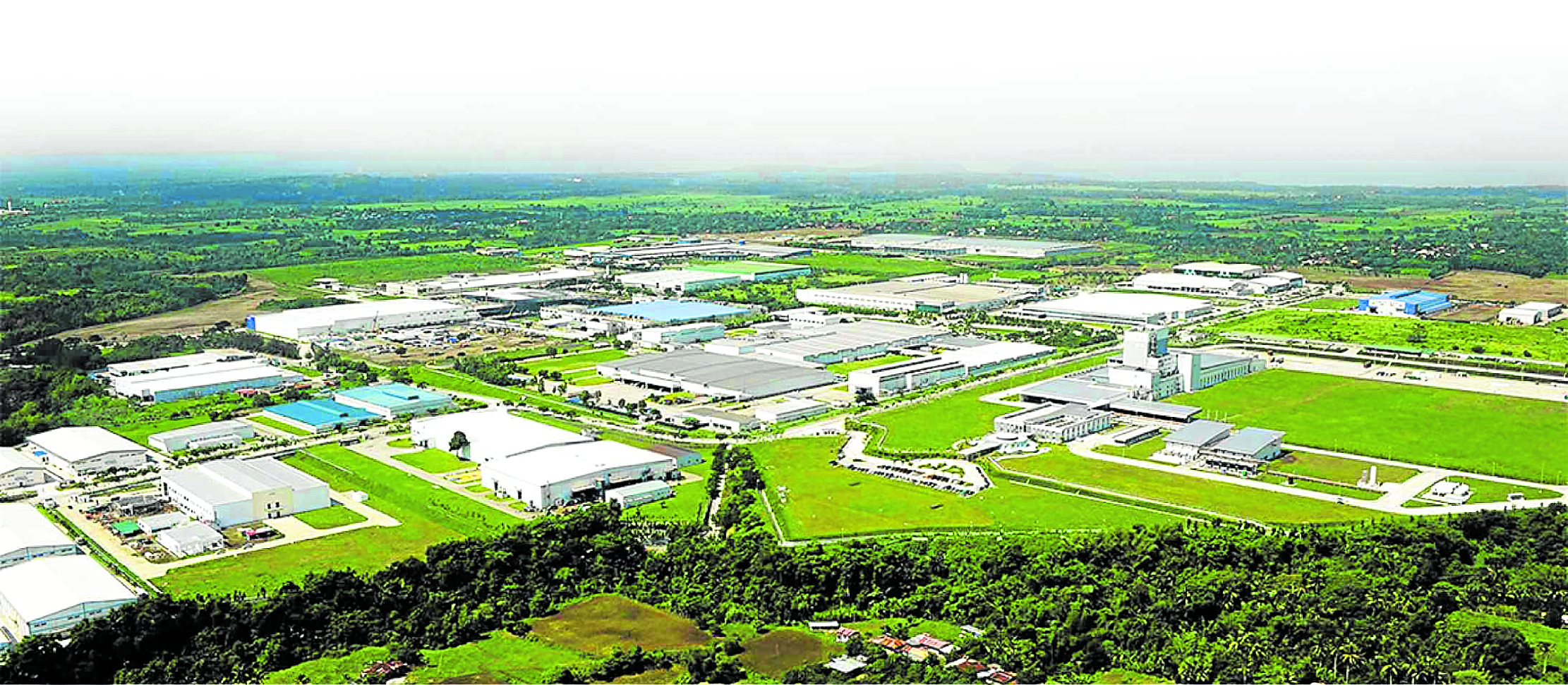Industrial sector to benefit from Philippine property’s growth

In our view, the growth of the industrial sector is also likely to spill over to other property segments such as residential.
The industrial sector has been one of the most resilient segments of Philippine property. At the height of the pandemic in 2020, we saw the rise in demand for cold chain assets which partly drove demand in a consumption-driven economy amid a lockdown.
Pledged investments, renewed interest
Colliers Philippines is optimistic that the property sector’s recovery will continue beyond 2023 especially with pledged investments likely to materialize and take up industrial spaces and warehouses.
Currently, the Philippines has been receiving renewed interest from Japanese manufacturers, while the Philippine government has also cornered investment commitments from other major trade partners. Over the past 12 months, we also saw major investments being funneled into food manufacturing, e-commerce, and logistics segments. The development of new industrial parks and facilities in northern and central Luzon should provide potential locators with more options and opportunities to haggle for more attractive land leasehold and warehouse lease rates.
Colliers recommends that developers also explore sunrise industries such as electric vehicles (EVs), a new priority of the Philippine government. We further encourage developers to closely track the progress of the Philippine Development Plan which covers the development of more ecozones.
Industrial-residential synergy
In our view, the growth of the industrial sector is also likely to spill over to other property segments such as residential. Some developers are offering affordable and economic housing units near their industrial parks.
Article continues after this advertisementDevelopers should thus take advantage of this industrial-residential synergy and explore the viability of developing residential units within their massive township projects that also offer industrial spaces and facilities.
Article continues after this advertisementDiversification is key
Property firms should likewise consider developing industrial parks and facilities that will cater to a wide gamut of locators. This is important if developers want to capture industrial locators from various industries including fast-moving consumer goods (FMCG), automobile parts, electronics, and logistics. These segments recently captured big-ticket investments from locators that took up industrial spaces in northern and southern Luzon.
Industrial parks and facilities are expected to benefit from the government’s push for industrialization, which includes the development of more economic zones under the Marcos administration. The Philippine Economic Zone Authority has identified at least 13 new types of ecozones, including e-commerce zones, biotech centers, defense industrial complexes, halal and food production hubs, and jewelry parks, among others.
Colliers believes that developers can maximize opportunities by actively participating in overseas trade fairs mounted by investment promotion agencies such as PEZA. These events should urge developers to highlight the Philippines’ strength as a manufacturing hub as well as the advantage of locating in the country’s economic zones.
Refocus on electronics and key trade partners
Data from the Philippine Statistics Authority (PSA) show that in the first nine months of 2022, electronic products accounted for about 62 percent of total Philippine exports. Colliers believes that this sub-segment is likely to influence industrial space absorption especially in the Cavite-Laguna-Batangas (CALABA) region in 2023.
The Joint Foreign Chambers of the Philippines (JFC) earlier said it was targeting to generate $128 billion (P7 trillion) worth of foreign direct investments from 2021 to 2030, to be driven largely by the manufacturing and energy sectors. Manufacturing investments will likely come from the expansion of semiconductors and electronics firms.
Colliers Philippines believes that the industrial sector has massive potential for further expansion. This potential can only be achieved if we further promote the Philippines as an ideal investment destination.
Aside from enhancing the country’s infrastructure network, there’s also a need to streamline business registration systems and improve the Philippines’ overall competitiveness as a business destination. The government needs to send a strong signal that the Philippines is open for business.